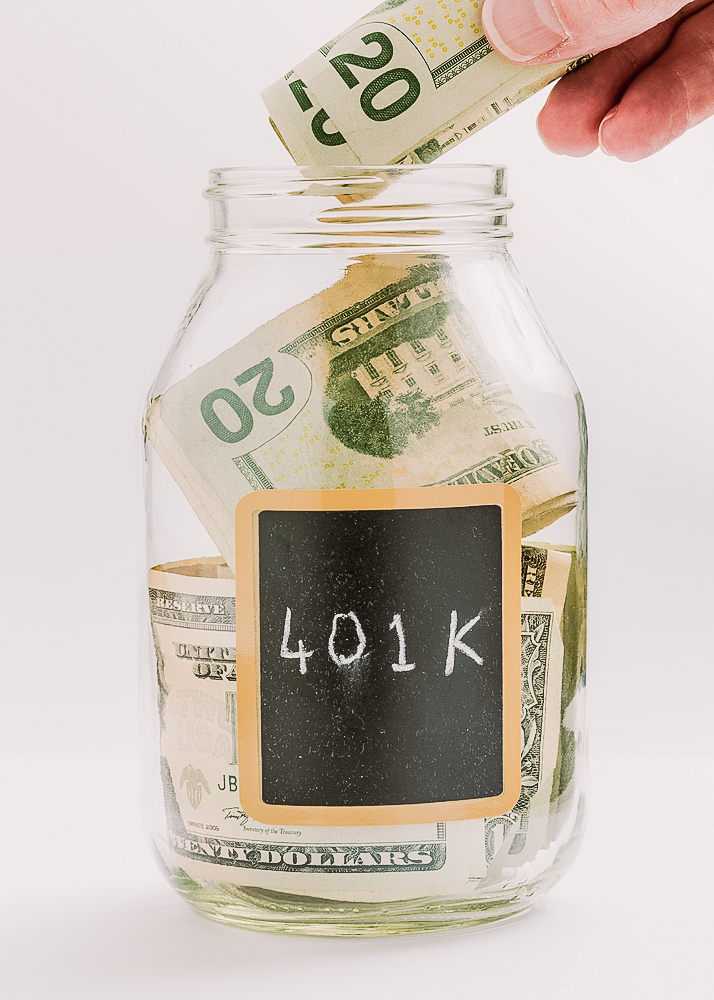What Is a Safe Harbor 401(k)?
If you’re a business owner considering a 401(k) plan for your employees, you’ve likely come across the term Safe Harbor 401(k). While it might sound like a separate type of retirement plan, it’s not—it’s actually a provision that can be added to your plan design to simplify administration and avoid certain compliance challenges.
Do you want to know what a Safe Harbor 401(k) is, how it works, and how it fits into the bigger picture of 401(k) plans?
Not All 401(k) Plans Are the Same
When we say “401(k),” we’re using it as a general term—but in reality, every employer-sponsored retirement plan is unique. Technically, 401(k) plans fall under the broader category of defined contribution plans, which include various structures and design options. Your last company’s plan may have operated very differently from your current one, with unique contribution rules, investment options, and employer matching formulas.
When you set up a 401(k), you’re essentially starting with a defined contribution plan as the foundation. From there, you can customize the plan by adding provisions, such as:
- Elective Deferrals: Allowing employees to contribute a portion of their salary.
- Employer Matching Contributions: Matching employee contributions to a certain percentage.
- Safe Harbor Provisions: Ensuring compliance with nondiscrimination tests while providing guaranteed employer contributions.
The Safe Harbor provision is a popular add-on because it eliminates some of the administrative headaches associated with standard 401(k) plans.
What Is a Safe Harbor 401(k)?
A Safe Harbor 401(k) is a 401(k) plan with specific provisions designed to automatically pass IRS nondiscrimination tests. These tests, such as the Actual Deferral Percentage (ADP) and Actual Contribution Percentage (ACP) tests, make sure higher-paid employees (HCEs) don’t get more benefits than other employees.
- HCEs – highly compensated employees
- NHCEs – non-highly compensated employees
With a Safe Harbor provision, you meet these requirements by offering guaranteed contributions to employees, which simplifies plan administration and allows HCEs to maximize their contributions without restrictions.
Key Features of a Safe Harbor 401(k)
- Guaranteed Employer Contributions:
Employers must make contributions to employees’ accounts, which are immediately vested. The two common options are:- Safe Harbor Match:
- Basic Match: 100% match on the first 3% of compensation and 50% match on the next 2%.
- Enhanced Match: Any formula that provides at least the same overall match as the basic formula (e.g., 100% match on the first 4%).
- Non-Elective Contribution:
- A flat 3% of each eligible employee’s compensation, regardless of whether the employee contributes.
- Safe Harbor Match:
- Immediate Vesting:
All employer contributions under the Safe Harbor provision must be fully vested immediately. - Nondiscrimination Testing Exemption:
Plans with a Safe Harbor provision automatically satisfy ADP and ACP testing, reducing administrative complexity. - Flexible Add-Ons:
A Safe Harbor plan can also include additional provisions, such as Roth contributions, profit sharing, and automatic enrollment.
Benefits of a Safe Harbor 401(k)
- Maximized Contributions for HCEs:
Highly compensated employees can contribute up to the annual limit ($23,000 in 2024, plus $7,500 catch-up for those 50+) without restrictions from testing failures. - Simplified Administration:
Eliminates the need for passing nondiscrimination testing, saving time and reducing the risk of corrective actions. - Attractive to Employees:
Guaranteed employer contributions can boost participation and improve employee satisfaction.
Safe Harbor vs. Standard 401(k): What’s the Difference?
| Feature | Standard 401(k) | Safe Harbor 401(k) |
| Employer Contributions | Optional, not required. | Required, with specific formulas (match or non-elective). |
| Vesting Schedule | Employer contributions may vest over time. | Contributions must be 100% vested immediately. |
| Nondiscrimination Testing | Required (ADP, ACP, and top-heavy testing). | Automatically satisfies ADP and ACP tests. |
| Administrative Complexity | Higher, due to required testing and potential corrections. | Lower, thanks to testing exemptions. |
| Best For | Companies with lower HCE contributions and high participation rates. | Companies with HCEs who want to maximize contributions. |
Considerations When Adding a Safe Harbor Provision
While a Safe Harbor 401(k) offers many benefits, it’s important to weigh the following considerations:
- Mandatory Employer Contributions:
You’ll need to commit to making matching or non-elective contributions annually. - Cost Impact:
Does the provision change any plan fees? - Plan Amendments:
Safe Harbor provisions require specific notices and may limit mid-year plan changes.
Is a Safe Harbor 401(k) Right for Your Business?
A Safe Harbor provision is ideal if:
- You have highly compensated employees who want to maximize their contributions without testing limits.
- You want to simplify plan administration and reduce compliance risks.
- You’re committed to offering competitive retirement benefits to attract and retain talent.
However, if your workforce has high participation rates and you don’t need to address testing issues, a standard 401(k) plan might suffice.
A Safe Harbor 401(k) is not a standalone plan but a valuable provision that can enhance your retirement plan’s design.
By ensuring compliance with IRS rules and providing guaranteed contributions, it simplifies administration and creates a more competitive benefits package.
If you’re considering adding a Safe Harbor provision or want to explore how it fits into your plan design, contact us. We’ll help you build a 401(k) plan tailored to your business’s goals and employees’ needs.







